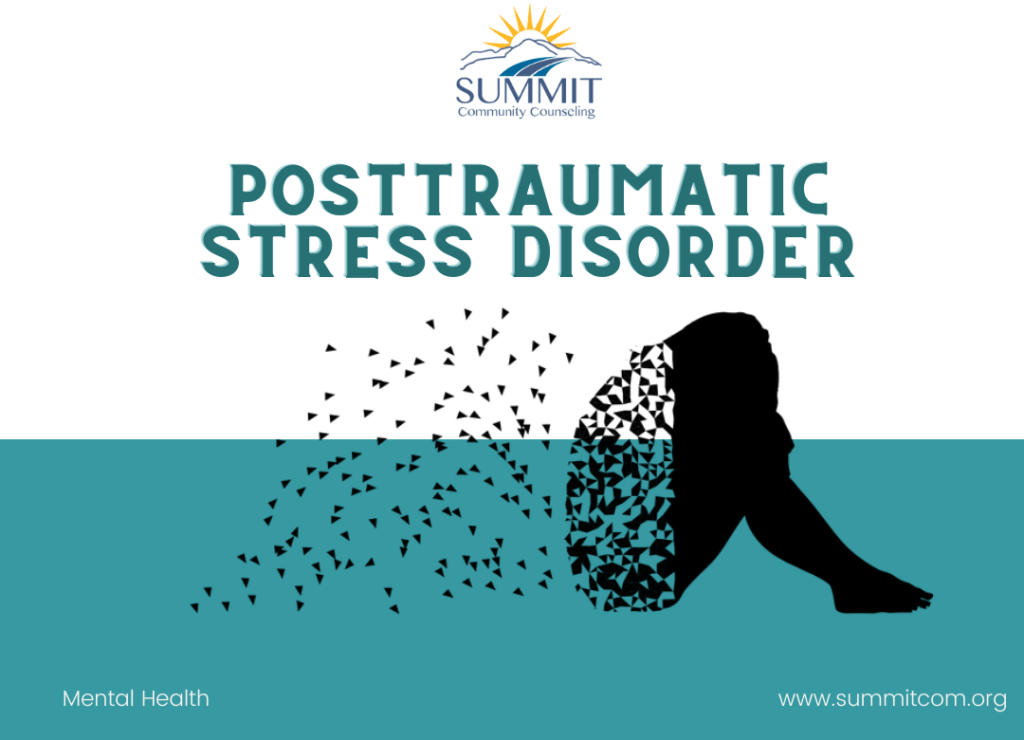Post-COVID-19 Stress Disorder
During and moving past the time of COVID-19, we have heard so much about mental health in general and its impact on our mental health. So, are we traumatized by this past year? Some would say so.
PTSD by the Book
According to the DSM-V—the diagnostic manual mental health professionals use to define and diagnose posttraumatic stress disorder—PTSD can result from exposure to actual or threatened death, serious injury, or sexual violence. Exposure can include directly experiencing it, witnessing it happen to others, or learning such an event occurred to a family member or close friend. By definition, cases of actual or threatened death of a family member or friend have to have been violent or accidental. First responders or people who experience repeated or extreme exposure to aversive details of traumatic events also qualify.
Based on the experiences of those of us in the field of trauma, this narrow definition of traumatic events misses the mark—as well as representing a significant departure from previous definitions of trauma. It does not include interpersonal trauma, such as emotional abuse or abandonment issues.
And it does not include what many of us went through this past year: dealing with isolation, depression, and lack of access to our usual coping strategies.
PTSD in the Real World
In the real world, away from the white towers of academia where these definitions are composed, trauma comes from a personal perspective. An event in an individual’s life is defined as traumatic when there is an actual or perceived threat to their safety or wellbeing that overwhelms their usual coping ability. The person’s perception of the event also takes the context and meaning of the event into account, beyond the isolated event itself.
Trauma is personal. What is traumatic to one person may not be traumatic to another.
The symptoms of being traumatized are also personal and vary widely, although there are common themes. Across the board, there are typically distressing dreams, flashbacks, and intrusive memories. Recurrent thoughts can replay repeatedly, like being trapped in a bad dream with the same story.
Physical sensations and/or reactions to events can also conjure memories of the event. Smells are a big trigger. Scents such as perfume or cologne, specific alcohol, or even certain foods can bring a person right back to the moment of a trauma. Triggers may include anything in our environment that can transport our brains back to the event(s) that overwhelmed us.
PTSD in the Brain
Our reactions to triggers come from our primitive brain primed to fight, take flight, or freeze. When we fight, we respond to triggers with angry, aggressive, or destructive actions. When we take flight, we might retreat or run away from the situation or scene. When we freeze, we shut down, go to sleep, or disappear into our minds.
Coping strategies can help us restore our feelings of safety and override this primitive brain response.
Consequences of being exposed to trauma include being hypervigilant or hyperaware of our surroundings. We may startle or react more readily to things in our environment, like the sound of a door slamming or a car backfiring. We might find it harder to regulate our emotions and become easily irritable. We could become more forgetful, have difficulty sequencing events, and have trouble with concentrating. We may avoid intimacy and close relationships, pushing people away.
All these posttraumatic stress disorder symptoms may occur even despite our best efforts, knowing cognitively we shouldn’t be doing them. Our brain is trying to protect us, keep us safe, and help us keep moving forward.
PTSD in the Time of COVID-19
Particularly in the wake of National PTSD Awareness Day, we should ask ourselves—have we been traumatized by the events of this past year?
I would say we have, in our real-world experience of the coronavirus and all that happened as a result. Most of us felt a genuine threat to our safety and wellbeing. Watching the news and seeing people dying and getting sick made us feel vulnerable and threatened.
Most of us felt overwhelmed, and our typical coping strategies were unavailable or insufficient. We were cut off from people we loved. Our usual routines that give us a sense of safety and normalcy were taken from us. We were hypervigilant, washing our hands constantly, and afraid to talk or stand with other people. We lived in a brain fog. Some of us knew people who died, felt the pain of the families who lost loved ones and avoided getting close to others.
Recovery from trauma takes time. The first step is to understand and admit that we have been traumatized by this past year. Knowledge is power. We ought to know that what we are experiencing is normal for a not-normal situation. We should understand that our brains are just trying to help and protect us. We must acknowledge that we need time to heal and get back on track. We should realize that we are all in this together: you, me, your friend, your neighbor. And together we will heal.
Together we can change the world, just one random act of kindness at a time.
Ron Hall
Coming together is a beginning; keeping together is progress; working together is success.
Edward Everett Hale
Imperfections are not inadequacies; they are reminders that we’re all in this together.
Brene Brown


